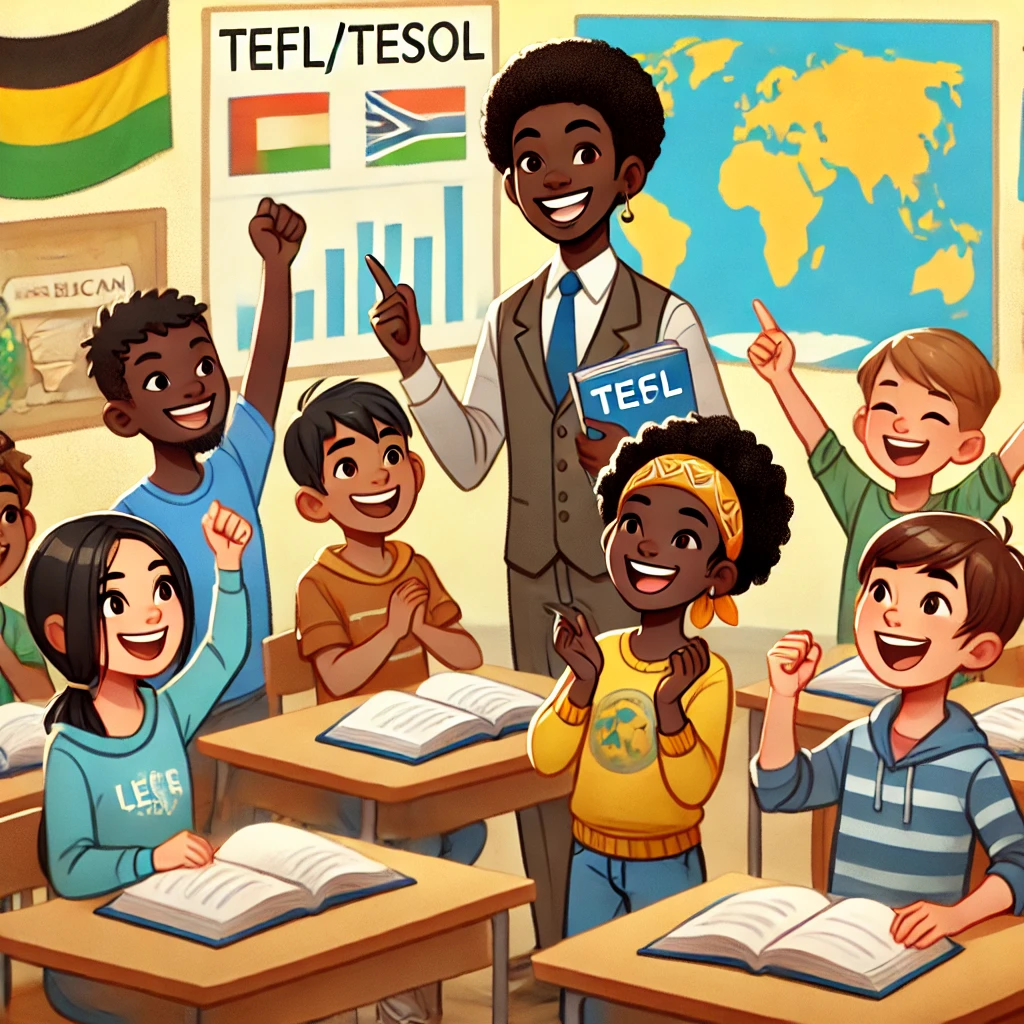Table of contents
1. Understanding Diverse Learners
2. Tailoring Teaching Strategies
3. Implementing Differentiated Instruction
4. Creating an Inclusive Learning Environment
Understanding Diverse Learners
In a TEFL setting, it's crucial to recognize the diverse backgrounds, learning styles, and needs of students. Some learners may come from cultures where education is more hierarchical, while others may be accustomed to more interactive learning environments. Understanding these differences can help teachers adapt their teaching strategies to cater to the needs of all students. Additionally, considering factors such as language proficiency levels, learning disabilities, and individual interests can further inform how best to support diverse learners in the classroom.
Tailoring Teaching Strategies
To effectively teach English to diverse learners, it's important to tailor teaching strategies to accommodate various learning styles and preferences. Some students may excel in visual learning, while others may benefit more from auditory or kinesthetic approaches. Utilizing a mix of teaching methods, such as incorporating visual aids, interactive activities, group work, and technology, can help engage students with different learning preferences. By providing a variety of learning opportunities, teachers can create a more inclusive and supportive learning environment for all students.
Implementing Differentiated Instruction
Differentiated instruction is a teaching approach that involves adapting lesson plans and activities to meet the individual needs of students. In a diverse classroom, implementing differentiated instruction can help address varying language proficiency levels, learning speeds, and preferences. Teachers can differentiate instruction by providing alternative assignments, adjusting the complexity of tasks, offering additional support or challenge, and incorporating flexible grouping strategies. By personalizing learning experiences, teachers can better support the academic growth and success of all learners.
Creating an Inclusive Learning Environment
Creating an inclusive learning environment is essential for supporting diverse learners in the TEFL classroom. This involves fostering a sense of belonging, respect, and acceptance among students from different backgrounds. Teachers can promote inclusivity by valuing and celebrating diversity, encouraging collaboration and communication among students, and addressing any instances of discrimination or bias. Additionally, incorporating materials and resources that reflect the cultural diversity of students can help create a more engaging and supportive learning environment for all. By prioritizing inclusivity, teachers can help ensure that all students feel valued and respected in the classroom.
What are the different types of TEFL programs? Can I teach English at an international school? How do you deal with misbehaving TEFL students? What is the difference between TESOL and TEFL? What is the difference between TEFL, TESOL and CELTA? What are TEFL acronyms? What does TEFL and TESOL stand for? TEFL, TESOL or CELTA - which is better? What is the difference between TEFL and TESOL? What is an ESL teacher?



